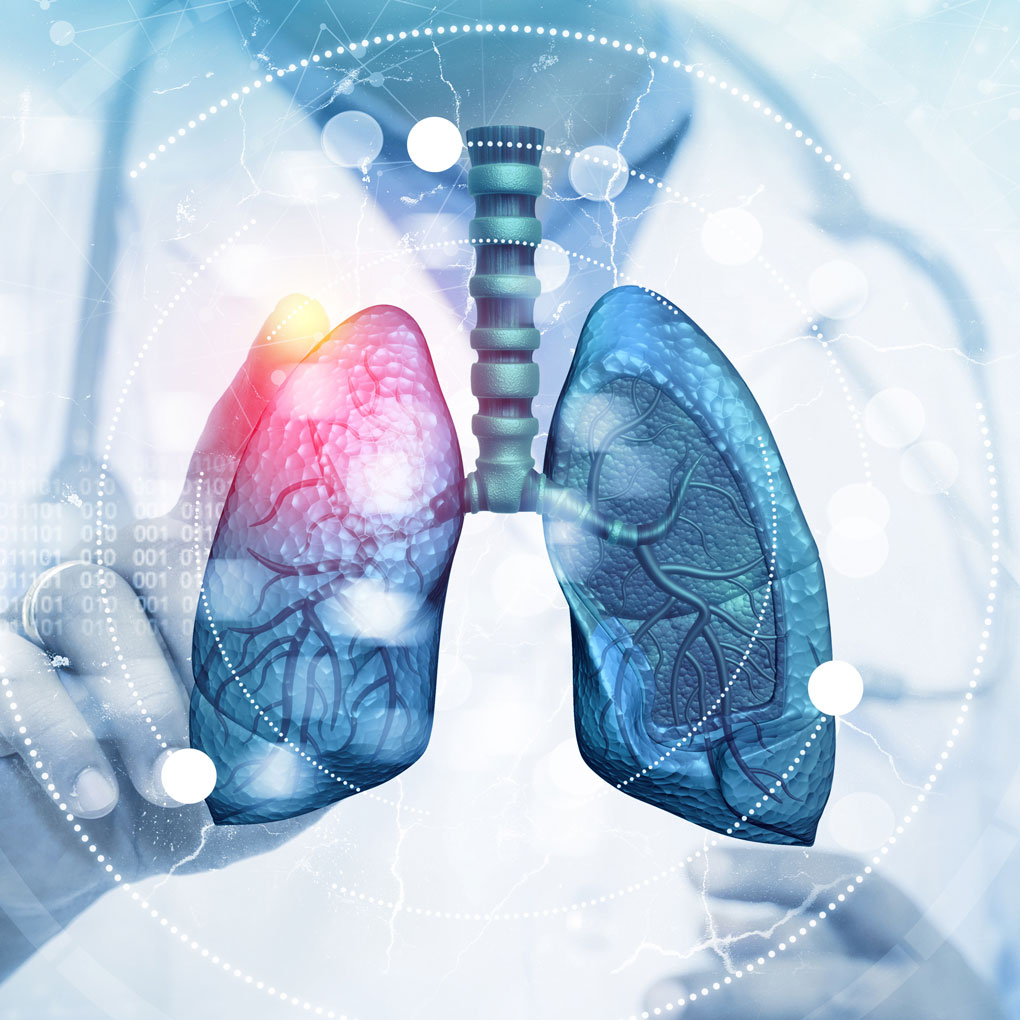If you’re a current or former smoker—or worked at a job that increased your risk for lung cancer—it’s a good idea to talk to your doctor about getting your lungs screened.
November is Lung Cancer Awareness Month, and we would be remiss if we didn’t point out this important statistic: When the symptoms of lung cancer appear, the chance of surviving five years is less than 10%. But when those at high risk are assessed with high-resolution CT, the odds improve to 67%. If found at stage I, the 5-year survival can be as high as 90%.1
“When lung cancer is detected early, there are far more treatment options,” says Dr. Richard Rupp, a radiologist with RadX Imaging Partners. “That’s why it’s so important for those at risk to talk to their doctor about a screening program with low-dose CT.”
Low-dose lung CT is more effective than X-ray. A study funded by the National Institutes of Health demonstrated a 20% lower mortality for CT compared with chest X-ray.2 In addition to lung cancer, CT may detect early signs of pulmonary dysfunction, such as chronic obstructive pulmonary disease (COPD) and emphysema, as well as pleural disease, which can be caused by asbestos exposure.
Dr. Rupp says that the test is called “low-dose” because the special screening protocol used by hospitals and diagnostic imaging centers for lung screening obtains the images necessary at a lower radiation dose than a standard CT scan of the chest. As a result, at-risk individuals can be screened more often without the fear of cumulative, high radiation exposure.
The U.S. Preventive Services Task Force (USPSTF) recommends annual lung cancer screening with low-dose CT for those who meet the following criteria:
- Are between 50 and 80 years old
- Have a 20 pack-year or more smoking history
- Currently smoke or quit smoking within the past 15 years
A “pack-year” is equal to having smoked 1 pack (or 20 cigarettes) per day for a year. For example, someone who smoked a pack a day for 20 years or 2 packs a day for 10 years would qualify. The American Lung Association recommends that before deciding to be screened, an individual should have a consultation with their healthcare professional about the purpose of screening, as well as the benefits, limits and potential risks of screening.
The low-dose CT lung screening is fast, easy and non-invasive. The patient lies comfortably on their back and holds their breath while the scanner captures detailed images of the lungs in just a few minutes. The test is also covered by insurance and Medicare, so long as the patient receives a referral from their regular physician.
“Lung cancer is the leading cause of cancer death globally and in the United States,” Dr. Rupp adds. “This test offers the opportunity for early detection and chance to save many lives.”
- David S. Gierada et al. Low-Dose CT Screening for Lung Cancer: Evidence from 2 Decades of Study
Radiol Imaging Cancer 2020 Mar 27;2(2):e190058. - Source: National Cancer Institute

